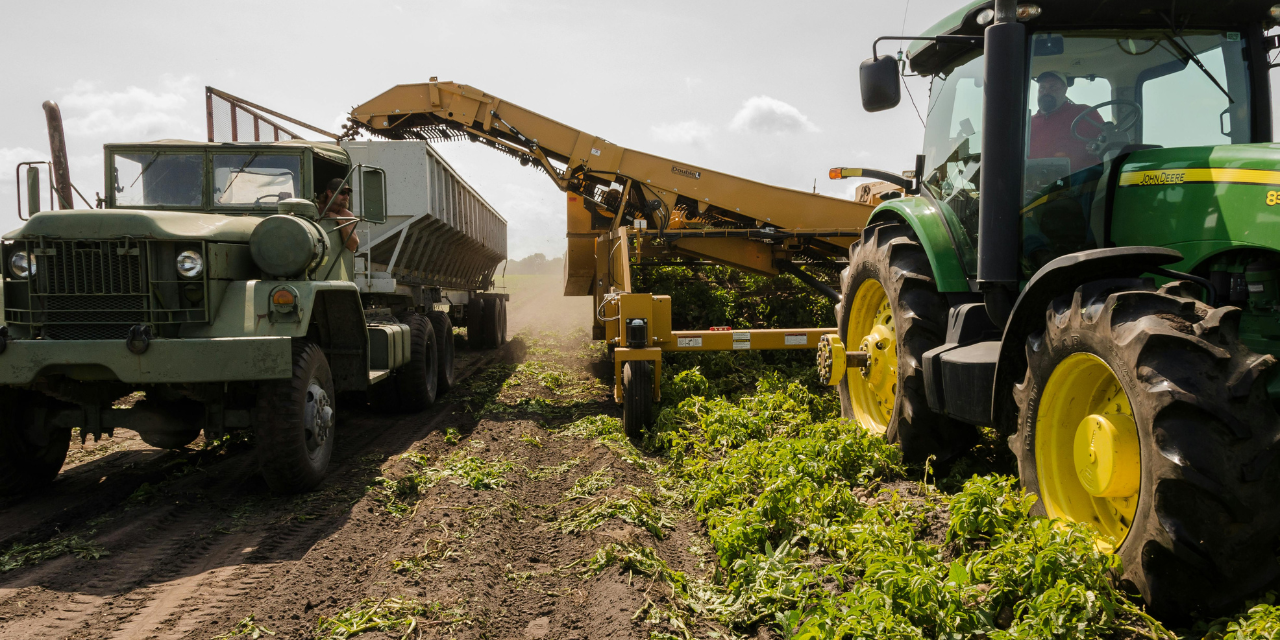When Enable IoT needed to develop smart agricultural technology that could operate autonomously in fields for years without maintenance, they faced a challenge that confronts many industrial equipment manufacturers. The Sense M30 represents a new generation of agricultural technology designed to survive buried in soil throughout the year, measure multiple environmental parameters every 30 minutes, transmit data via cellular connectivity, and do it all on a compact battery with a small solar panel.
This wasn’t a theoretical exercise. For agricultural device manufacturers looking to augment their physical products with connected capabilities, the deployment reality is that devices must survive in working fields and are expected to deliver reliable data day after day with zero human intervention.
Enter James Powell from J.A.P Lighting Technology, the engineering partner who helped Enable IoT transform their prototype into production-ready smart agricultural technology that’s maintaining 99% battery capacity after four months of continuous field deployment in challenging conditions.
Enable IoT: Transforming Soil Data into Agricultural Intelligence
Enable IoT’s mission centers on precision agriculture through continuous soil monitoring. Their cloud-based platform collects data through the Sense M30, a remote sensing device planted directly in soil that harvests readings every 30 minutes on soil composition, including carbon, nitrogen, phosphorus, and potassium levels.
The compact unit features an optical rain sensor, and sensors to measure air temperature, pressure, and humidity. Modular ports allow farmers to connect research-grade accessories like electrical conductivity probes. Behind the sensors sits an AI backend that aggregates the environmental data collected by the Sense M30 to predict carbon capture in soil and help agricultural organizations qualify for carbon credits.
But Enable IoT’s ambitions extend beyond carbon monitoring. Recent hardware iterations added pH sensing capability, enabling AI to estimate phosphate levels in soil, providing critical data for fertilizer management when prices remain volatile. The company works with Newcastle University’s agricultural department on field trials, validating that this technology can deliver actionable insights for land managers while demonstrating commercial viability that attracts customers.
From Prototype to Production: Solving the Power Optimization Challenge
James Powell, the founder of J.A.P Lighting Technology, a Blues Accredited Partner, took Enable IoT’s concept from initial prototype through multiple development stages to production-ready hardware.
The key challenge became immediately clear: power optimization. For equipment manufacturers transitioning from physical products to connected solutions, battery life is the foundation of the entire business case.
“That’s where the biggest focus was,” James explains. “A lot of other products out in the field have massive battery packs and big solar panels. We needed the Sense M30 to be a really compact unit.”
His approach mirrors what successful industrial manufacturers must do: move beyond theoretical calculations to pragmatic field testing. Theoretical calculations about sunlight availability in different regions yielded unreliable data. The team couldn’t determine with confidence whether their compact solar panels would generate sufficient power for multi-year operation. Solar panel orientation, seasonal changes, weather patterns, and actual power consumption under real-world conditions created too many unknowns.
To combat this challenge, James deployed field trials with deliberately oversized components, double the solar panel area, and larger batteries than the target design. The goal was to establish baseline performance data and then iterate toward the optimal balance of size, cost, and longevity. The strategy worked; current Sense M30 devices maintain 99% battery capacity after four months of continuous operation.

Why Cellular Connectivity Became the Foundation for Smart Agricultural Technology
The Sense M30’s journey to production nearly stalled on connectivity infrastructure. Enable IoT’s original platform used a different cellular IoT provider that required running application code directly on the modem, an architecture that created cascading problems.
James had disliked this approach from the beginning. “The development platform is just like going back 10 years. It’s slow, it’s clunky, it’s terrible to debug,” he recalls. For Enable IoT, a company without massive in-house IoT resources, the complexity was prohibitive. Debugging issues meant wrestling with an unfamiliar development environment while simultaneously trying to optimize power consumption and sensor accuracy.
His solution was pragmatic: treat the cellular modem as a network coprocessor, not an application processor. Even on the original platform, James architected the system with minimal code on the cellular chip and the main application running on an external processor. This preserved development velocity and debugging capability, but it was fighting against the platform’s intended architecture.
When James integrated a Blues Notecard into the project, he saw his ideal architecture realized. Blues treats cellular connectivity as infrastructure to securely transfer data between edge devices and the cloud, not a platform demanding you rebuild your entire application around its constraints.
Because the infrastructure was already in place, James could easily swap the cellular module, update minimal code, and focus on what mattered for Enable IoT’s business case: power optimization and sensor accuracy.
For Enable IoT’s leadership, the connectivity decision proved transformative. “Working with James and Blues has been exactly what we needed,” says Mike Bower, Managing Director of Enable IoT. “We’re a soil science and AI company, not a telecommunications company. Blues gave us cellular connectivity that just works, so we could focus our energy on what we do best: turning environmental data into actionable intelligence for farmers. The reliability and simplicity of their platform means we spend our time improving our algorithms and expanding our sensor capabilities, not troubleshooting connectivity issues in the field.”
Join the Conversation: Designing Connected Equipment for Longevity
For industrial equipment manufacturers, this architectural lesson is critical. When you’re augmenting physical products with connected capabilities, connectivity should simplify your development process, not dominate it. The faster you can move from proof-of-concept to field trials to production, the sooner you validate product-market fit.
Want to hear more about the hard-won lessons from developing the Sense M30? Join James Powell and Blues experts for a fireside chat on Wednesday, October 22nd at 1pm ET / 6pm GMT where we’ll dive deep into:
- The unexpected challenges of remote deployment and how to test for them in your pilot phase
- Power management strategies that balance sensor accuracy with multi-year battery life when access is impossible
- How devices can autonomously extend their lifespan in the field without costly service interventions
Register now for “Extreme Environments: Designing Remote Devices for Longevity”
Can’t make it? Register anyway and we’ll send you the recording.
